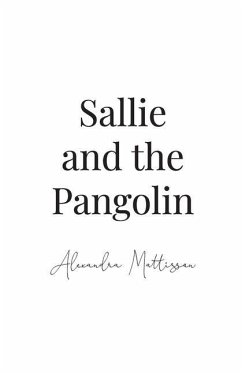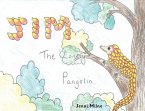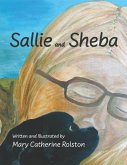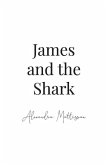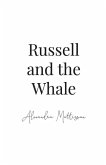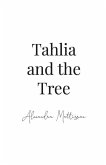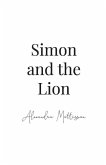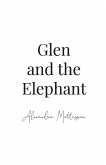Sallie and the Pangolin is a wildlife conservation book that raises awareness of the most trafficked and poached mammal on earth. One day, a pangolin sees a friend being snatched by poachers. In fear, he rolls tightly into a ball and hides, hoping to not be caught. When he unrolls from his ball, he notices that he is alone. While he is walking and hoping to see other pangolins, he is found by Sallie. Working together, they find the pangolin's friends. About Sallie and the Pangolin Pangolins are the most trafficked and poached mammal in the world. The scales of the pangolin are used in traditional medicine in the East. As a large-scale industry, millions of pangolins are caught every year. The slow and gentle nature of these creatures makes them easy targets, with their primary defence being their ability to roll themselves tightly into balls. These funny looking creatures have a primary diet of ants. They catch ants with the help of their long snout and tongue. They have long bodies that are covered in scales, which are meant to protect them against predators when they roll into balls. Sadly, they are no match for poachers. Due to their rapidly declining rates, pangolins are at great risk of extinction. As Sallie discovers while helping her pangolin friend free his fellow pangolins, the need to protect these creatures is huge. Children and adults both have a chance to be the change in the world and help protect our precious wildlife. Teaching children the importance of compassion and awareness is the first step in saving pangolins for future generations. Sallie and her new friend, the pangolin, show us the urgent need to prevent pangolins from going extinct, in a child-friendly way. Simple black and white illustrations are used to highlight the lack of grey areas when it comes to the protection of critically endangered mammals like the pangolin. 20% of all proceeds from the sale of the Sallie and the Pangolin conservation book will be donated to the African Pangolin Working Group, helping them continue the work they do to protect these creatures. Links for more information about this book: * Book flip through video: https: //bit.ly/3DShlEw * Illustrations: https: //bit.ly/3Ysoe8Z Q&A Why are the illustrations drawn from the character's point of view? >Why is the artwork in the books in black and white? There are no grey areas when it comes to fighting against wildlife extinction. Furthermore, children bring the colour as they view the world in a way/perspective that seems otherworldly to us at times. Children are also our future so we, the adults, who can take action, are responsible for fighting for a better tomorrow today for them. Lastly, this provides the reader with the opportunity to add their colour to the story and thereby making it their own.
Hinweis: Dieser Artikel kann nur an eine deutsche Lieferadresse ausgeliefert werden.
Hinweis: Dieser Artikel kann nur an eine deutsche Lieferadresse ausgeliefert werden.

